I’ve used everything from Raspberry Pi boards to repurposed laptops for home servers over the years. However, I was looking for something more powerful yet still quiet, efficient, and suited to 24/7 operation. When I stumbled across an Intel N100-based mini PC with a fanless chassis and solid specs, I figured it was time to try something new. I wanted a box that could quietly handle a few containers, host my media server, and maybe even run a few self-hosted dashboards without breaking a sweat or making a sound.
It didn’t take long to get it up and running, and the results honestly exceeded my expectations. The system sips power, boots fast, and has enough headroom to handle more than I initially threw at it. Let me walk you through why I chose this route, how the build turned out, and what I’d suggest if you’re considering doing something similar.
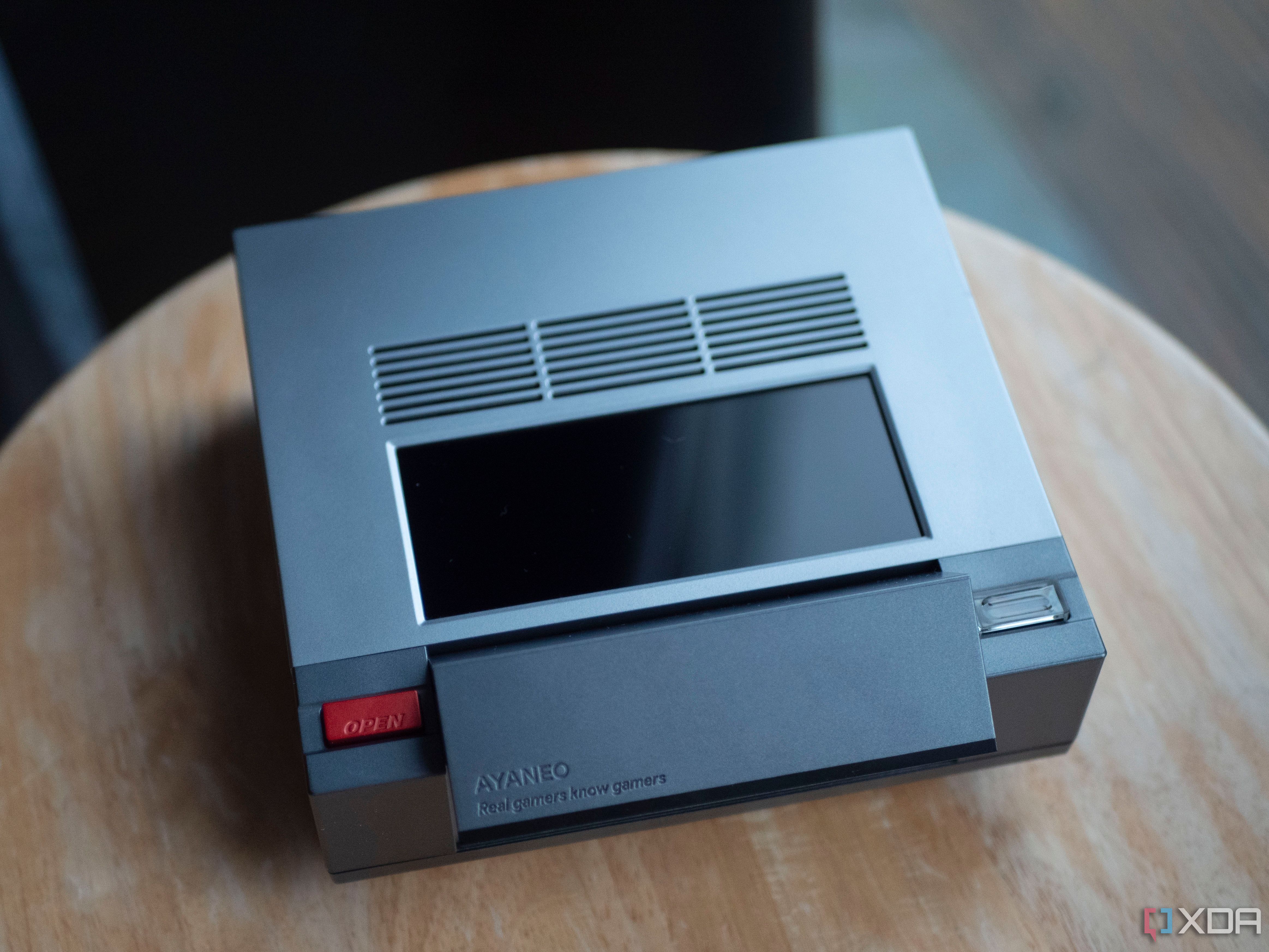
Related
How I built my own NAS with a mini PC, without using TrueNAS or Unraid
If you have a PC lying around, including a mini PC, why not turn it into a NAS?
Why I picked the Intel N100
Small, silent, and surprisingly capable hardware
The Intel N100 Alder Lake CPU isn’t a powerhouse, but that’s kind of the point. It strikes an outstanding balance between efficiency and usable performance. I chose a mini PC model with passive cooling, 8GB of RAM, and a 256GB M.2 SSD. That setup gave me just enough flexibility for Docker, Jellyfin, and a handful of network tools.
Unlike a repurposed desktop or noisy NAS, this thing stays whisper quiet because it has no moving parts. It barely gets warm under load, which is crucial for something that runs continuously. You don’t need a dedicated rack or a closet to hide it in, either. You can hide it away in a small nook, on a shelf, or even behind a monitor with a VESA-mounted bracket. The size, noise level, and thermal efficiency made it an easy fit for a multipurpose home server.
Having run a few different systems over the years, this felt like a significant upgrade in terms of both usability and energy draw. It uses approximately 6 to 10 watts under normal workloads, which is noticeably lower than the old tower PC I had running in the background. That’s a difference that adds up if you’re concerned about power bills or want an off-grid option for your setup.
What I actually use it for
Media, self-hosting, and basic automation
My top priority was a silent Jellyfin box, and this build absolutely delivered on that goal. Streaming 1080p and even some 4K content works smoothly, especially with hardware acceleration. I don’t transcode heavy files much, so the N100’s built-in graphics handled most of what I needed with no fuss. Paired with a fast SSD and Gigabit Ethernet, everything loads fast and stays responsive.
I also set up Docker and Portainer, allowing me to run services containerized for easy management and maintenance. The services I self-host are all lightweight tools that don’t require much horsepower, so the N100 handles them without issues. The small footprint and quiet operation meant I could tuck it right into the same spot where I used to keep my router and modem, out of sight and out of mind.
One thing I appreciated was how little maintenance the setup required after the initial configuration. Once I had my containers spun up and networking set up, it became easy to manage them remotely. I can make changes, reboot containers, or check performance from my phone, and it never wakes the household with fans spinning up.
What you need to build one
Parts and prep for a silent home server
If you’re thinking about building your own fanless server with the Intel N100, the good news is that the parts list is short and pretty flexible. You’ll want to make sure the mini PC has a proper passive cooling design, enough RAM for your use case, and an SSD or NVMe drive for storage. Most N100 systems come barebones or with minimal memory, so some upgrades might be needed.
Getting started doesn’t take much, especially if you’re already familiar with Docker or Linux server setups. Here's what I used to get going:
- Intel N100 mini PC (fanless, with at least 8GB RAM)
- 256GB NVMe SSD for fast, silent storage
- USB stick with Debian, Ubuntu Server, or another lightweight Linux distro
- Ethernet cable for stable connectivity
- Docker and Portainer for managing containers
- Optional extras: Wi-Fi dongle, UPS, external storage if needed
Once the OS is installed, I suggest enabling SSH access and setting up Docker first. From there, you can pull in tools like Jellyfin, Grafana, or whatever else your network setup calls for. It’s helpful to keep backups of your Docker Compose files so you can redeploy everything in a pinch.
A few trade-offs to consider
Limitations you should know going in
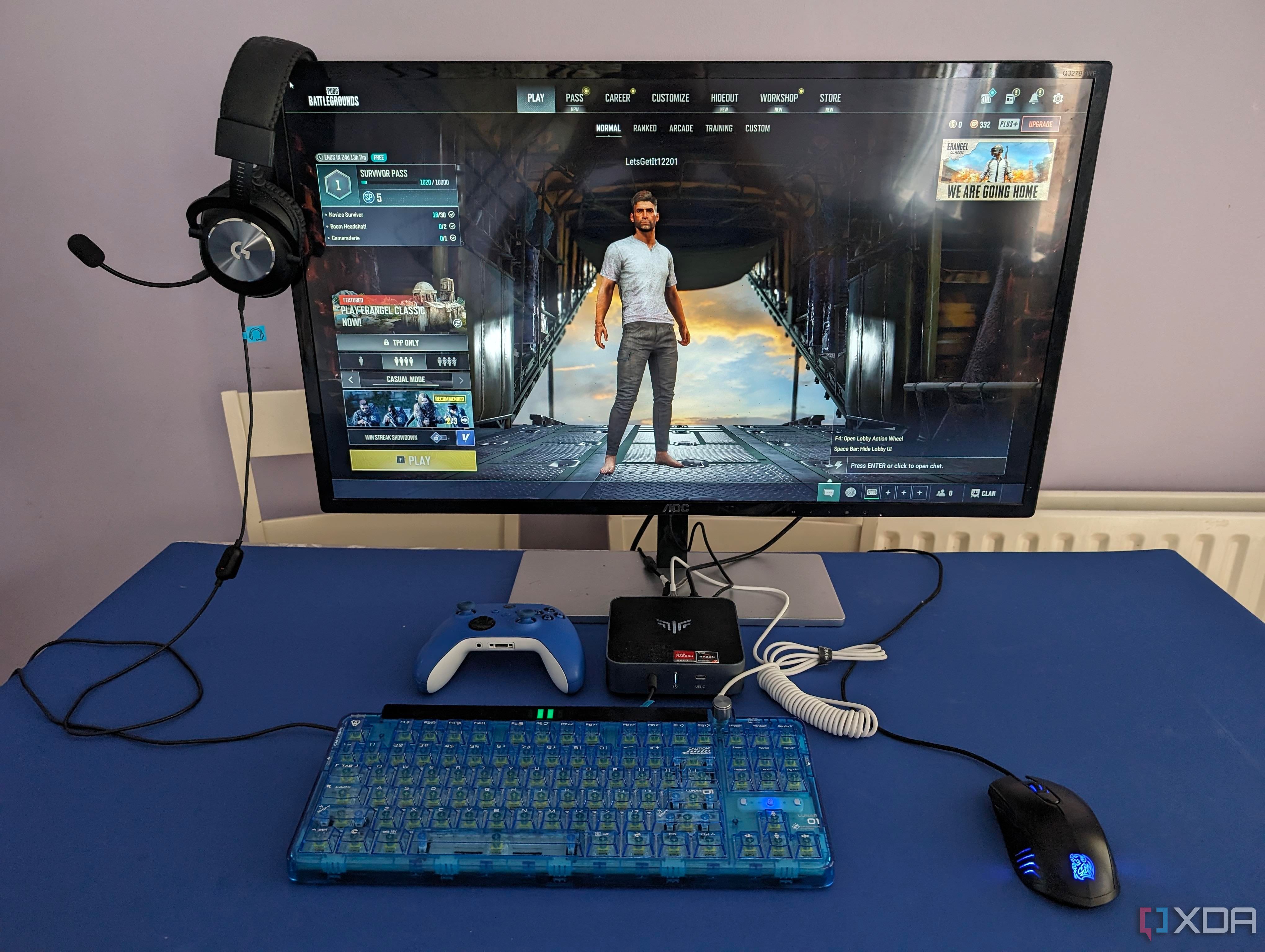
While the N100 mini PC has been great overall, it’s not a perfect fit for every use case. Transcoding large 4K HDR files isn’t ideal unless you pre-optimize your media. Although it handles multiple containers well, it’s not a match for more CPU-intensive tasks, such as video editing or running full-scale virtual machines. That’s a reasonable trade-off for the silence and power savings.
Some models come with only one RAM slot or non-expandable memory, so it’s essential to double-check this before making a purchase. I’d also recommend carefully checking the thermal design. Not all fanless cases are created equal, and proper heat dissipation matters when running a box 24/7.
Lastly, these systems often lack features such as internal storage bays or additional network ports. If you plan to use external drives or need more than one LAN interface, be ready to add adapters or a small USB hub. It’s manageable, but worth knowing upfront.
Why I’d do it again
This little Intel N100 setup has been one of the most reliable and low-effort builds I’ve put together in a while. It checks every box I care about for a home server: quiet, efficient, easy to manage, and versatile enough to scale with my needs. For anyone tired of the noise and hassle of repurposed hardware or big-box NAS systems, this route is absolutely worth exploring.
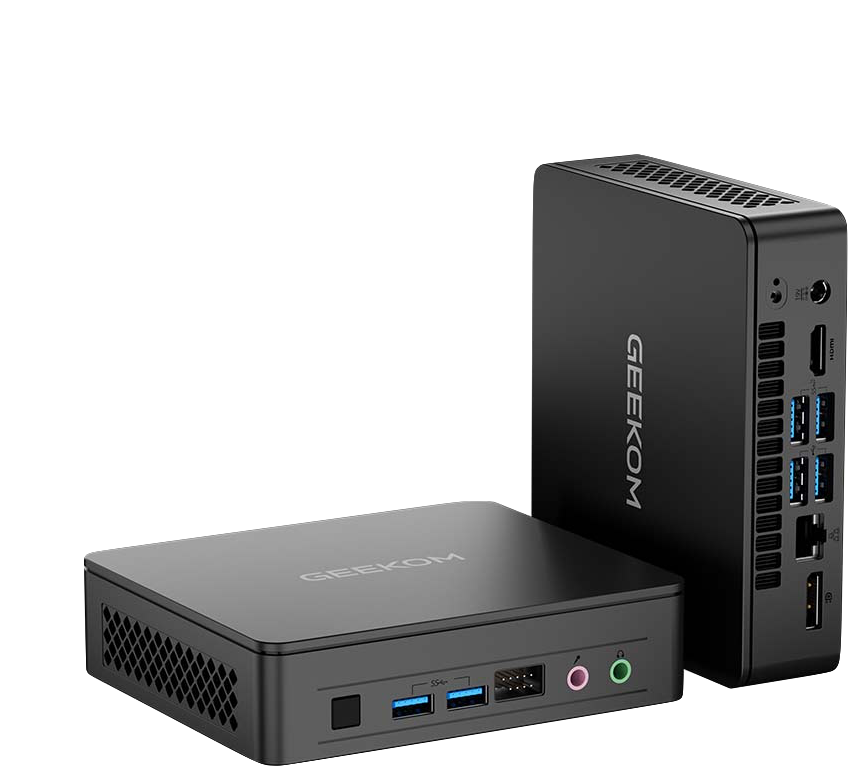
CPU Intel Alder Lake N150 (up to 3.6GHz)
Graphics Intel UHD
.png)
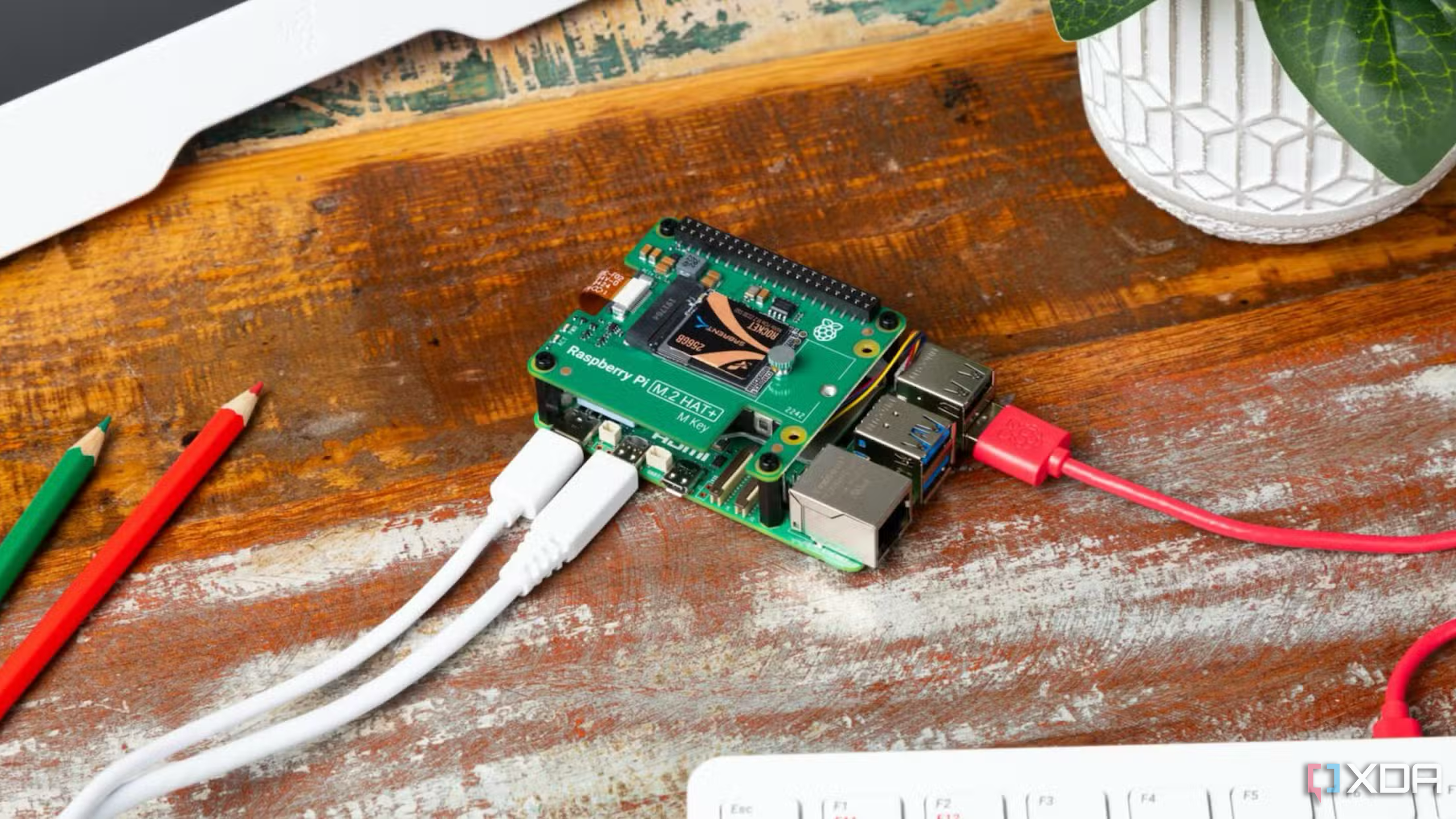





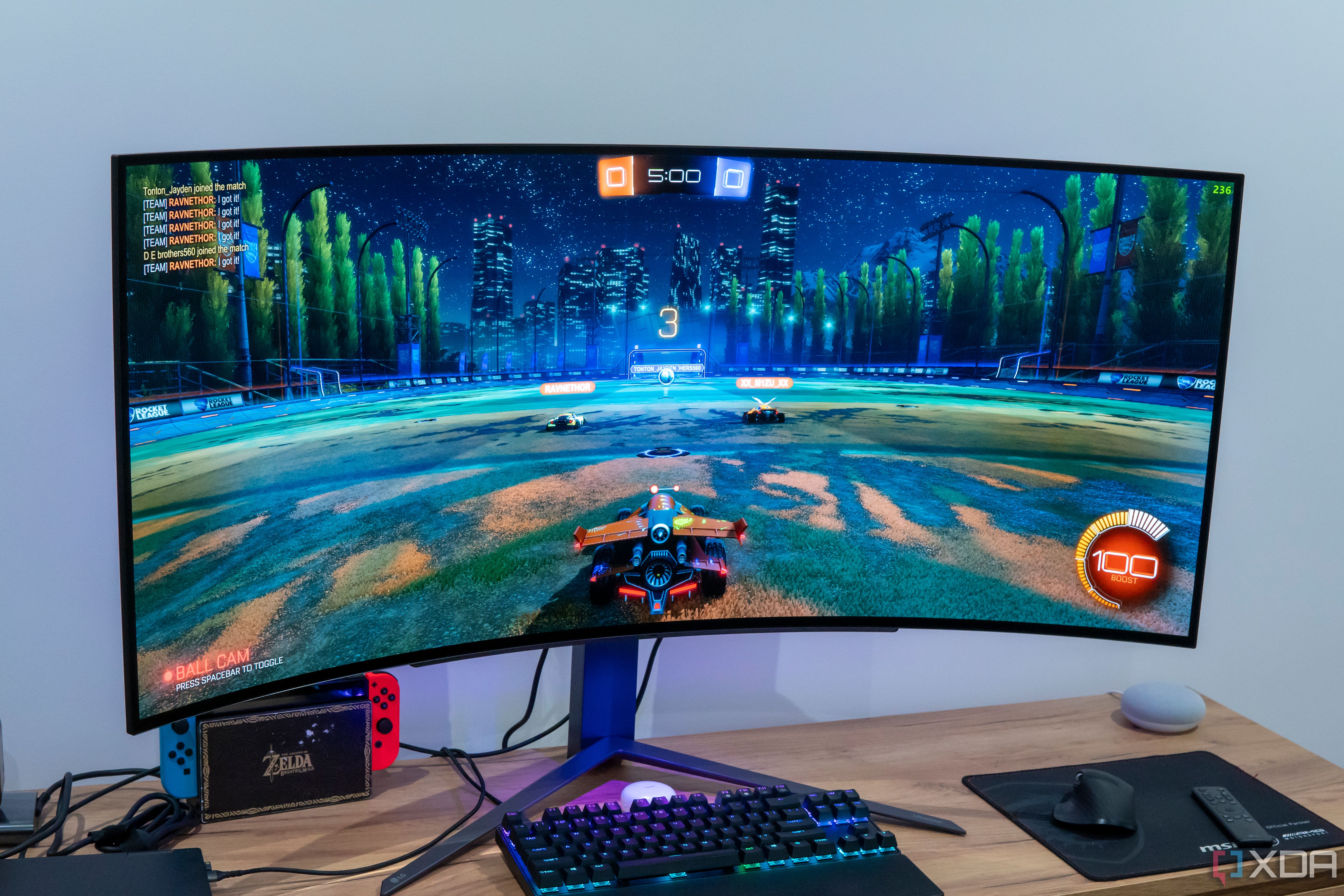





 English (US) ·
English (US) ·